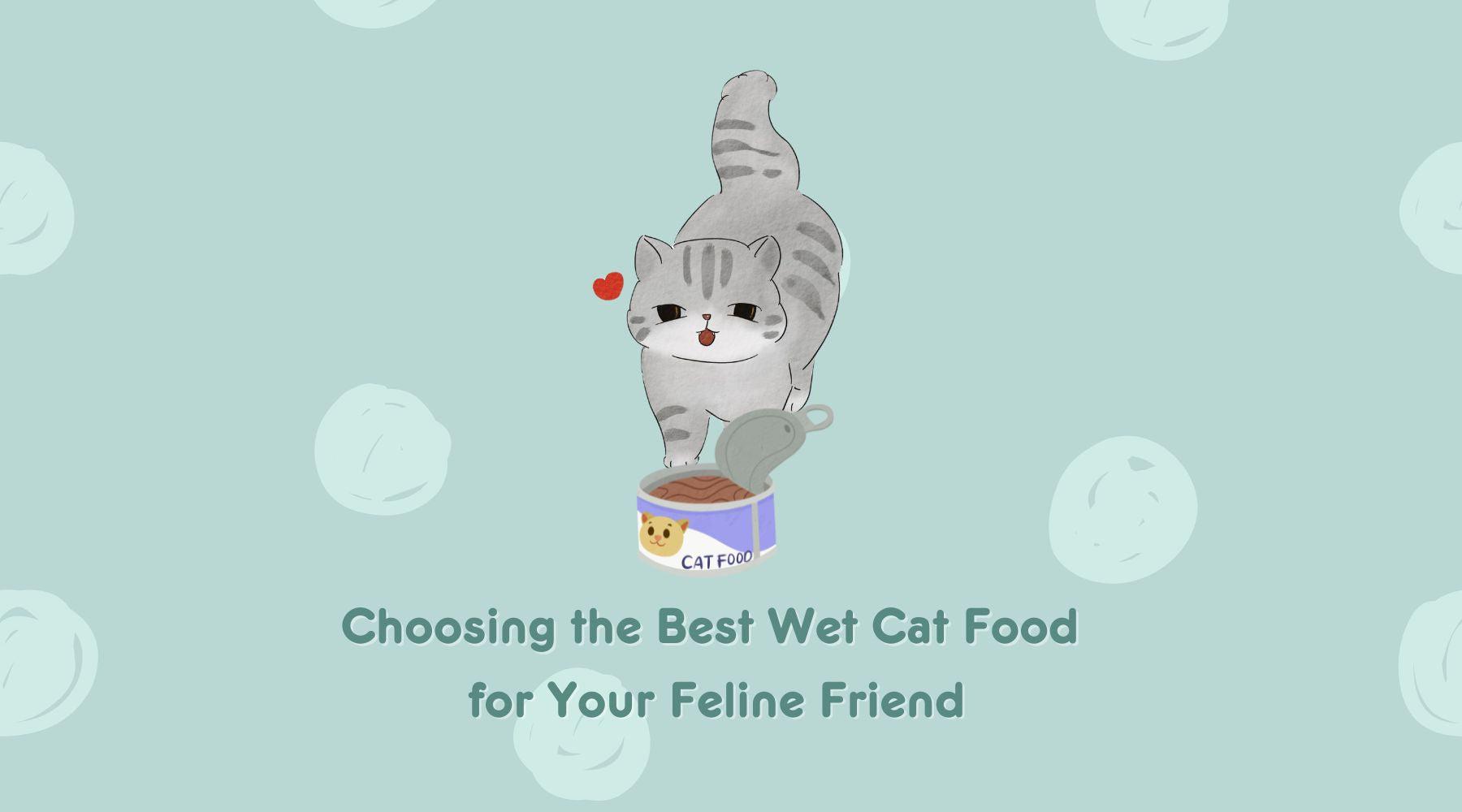
The Ultimate Guide to Choosing the Best Wet Cat Food for Your Feline Friend
Cats' ancestors lived in desert regions, deriving moisture primarily from the blood of their prey. Wet food mimics this original dietary pattern, consisting of over 70% moisture, high animal protein content, low carbohydrates, and essential trace elements, aligning well with cats' physiological characteristics.
The main ingredient of canned food is animal protein, with relatively low carbohydrate content, making it suitable for cats’ dietary habits. Choosing canned food as a staple not only helps cats intake more moisture but also promotes better absorption and digestion, leading to a more balanced nutrition.
Selecting the right canned food for your cat is crucial for their health. Cat canned food is generally divided into two categories: "Complete Diet", designed to be the daily staple, and "Complementary", used as snacks or complements. There are significant nutritional differences between these two types, so cat owners should choose carefully when purchasing.
How to Choose Cat Canned Food

-
Ensure Daily Nutritional Needs Are Met
Main meal cans are formulated to meet the balanced nutritional requirements of cats. This means the canned food must provide sufficient protein, fat, and other essential nutrients. Ensuring that the ingredients meet your cat’s nutritional standards is vital to avoid potential imbalances. -
Select Products Based on Your Cat’s Age
The choice of canned food should also consider your cat's age. Products on the market are usually categorized into "kitten," "adult cat," and "senior cat." Cats at different ages have varying caloric and nutritional needs. For instance, kittens have three times the caloric requirements of adult cats during their growth phase, while adult cats, due to reduced activity levels, should avoid excessive calorie intake to minimize the risk of obesity and related health issues like arthritis and diabetes. -
Choose Products with Fewer Additives
Most canned cat foods on the market contain certain additives. While these additives are generally within safe limits, it is advisable to choose products that are clearly labeled and contain fewer additives.
Petston Tips:

When selecting a staple canned food for your cat, consider the following principles:
-
High-Quality Protein Sources:
Cats are carnivorous animals, requiring about twice the protein intake of humans daily. Most of the 11 essential amino acids that cats need cannot be synthesized by their bodies and must be obtained through their diet. Long-term protein deficiency can lead to muscle loss, weight decline, digestive issues, weakened immunity, and even affect the normal functioning of vital organs. -
Animal Fats:
Fats are an important energy source for cats, particularly arachidonic acid, which is a crucial essential fatty acid for their immune system. Cats cannot convert alpha-linolenic acid found in plant oils into arachidonic acid, so choosing animal fats as a fat source can more effectively meet their needs.
Discover Kakato® Canned Food for Your Cat
Kakato is a premium pet food brand dedicated to providing high-quality nutrition for your feline friends. With a focus on natural ingredients and expert recommendations, Kakato aims to support the health and well-being of your cats.
- Grain-Free & Gluten-Free: Ideal for cats with sensitivities, ensuring a diet free from common allergens.
- No Artificial Additives: Enjoy peace of mind knowing your cat is eating natural ingredients without preservatives or artificial flavors.
- High-Quality Meat Content: Made from premium sources, providing the essential protein your feline friend needs for a healthy life.
Choose Kakato for a nutritious and delicious meal your cat will love!


Leave a comment